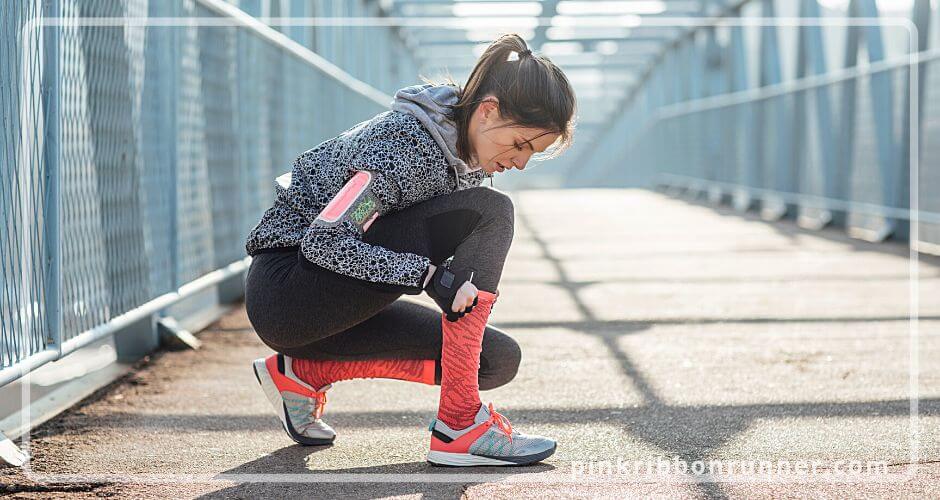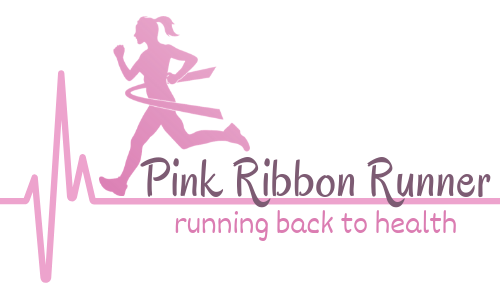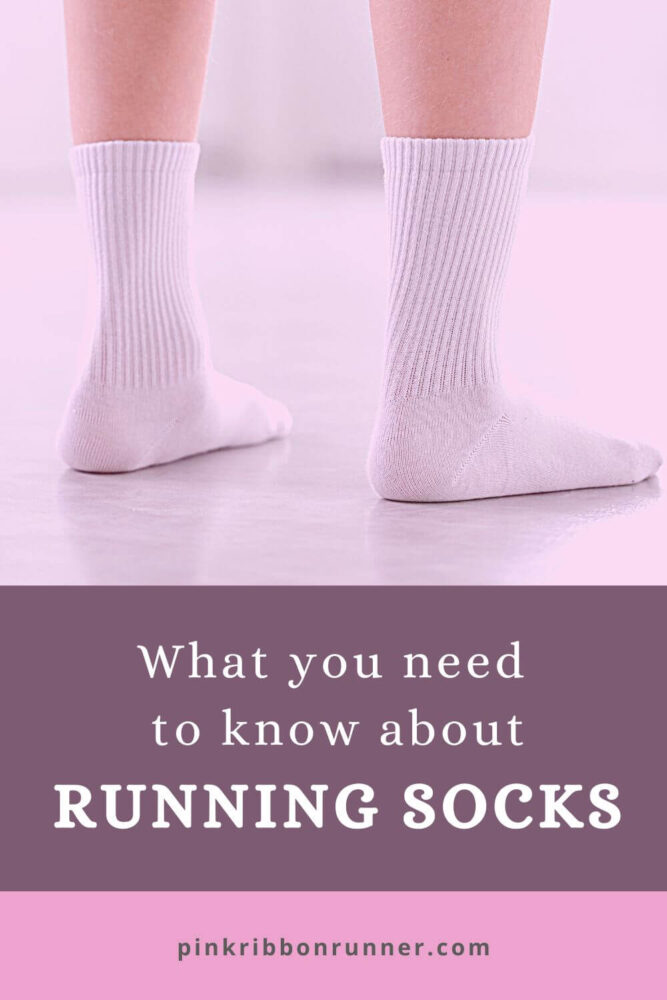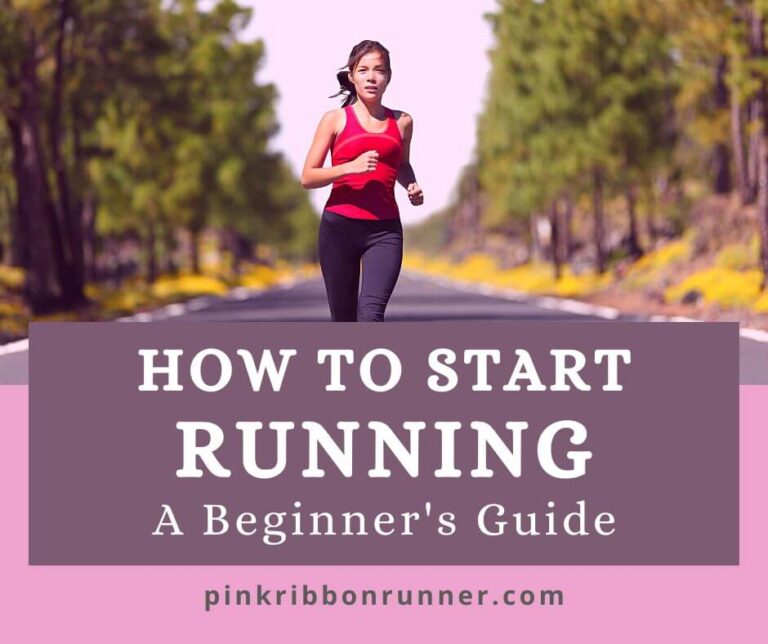What You Need to Know About Running Socks
Running socks are the second most important run gear you own, running shoes being the first. But there are a multitude of types , materials and brands to chose from. How do you choose the best socks for you? Let’s talk socks!
This post contains affiliate links. As an Amazon Associate, I earn from qualifying purchases.
5 Benefits of a Good Pair of Running Socks
Your socks can be the difference between a great run or a miserable, painful run. While the perfect sock is a personal preference, there are numerous benefits to just finding a good pair of socks for your run.
1. A good running sock will keep your feet dry
Your feet sweat as you run. This can lead to sticky feet, which can lead to chaffing, blisters and infections. Wet feet are uncomfortable to run in. A good run sock will wick the sweat away from your skin and keep your feet dry. Materials like wool or synthetic fabrics will work. Stay away from cotton socks. Cotton will hold the moisture and your feet will remain wet and soggy for the entire run.
Some socks will also help keep outside water that seeps in past your shoe from reaching your skin. So, it can work both ways. These type of socks are great for those rainy or snowy run days. If your feet are sensitive and blister-prone, you could invest in a pair of waterproof socks. But all most runners need is a good pair of wool or technical run socks.

2. A good sock for runners will prevent blisters
Keeping your feet dry and preventing blisters are a good sock’s primary purpose. If you are getting blisters during your runs, you should consider trying a different sock. A sock that wicks moisture away and keeps your feet dry is only the first step in preventing blisters. Some socks are double layered to reduce friction between your shoe and foot. There are also socks that compress your feet and keep your skin away from the shoe fabric.
3. A good running sock will add extra cushioning and comfort
Some socks will have extra padding in the toe, heel or ball area of the foot. This provides for an extra bit of impact absorption as your foot lands. This extra padding will make your run more comfortable. You can focus on running longer or faster without worrying about foot pain.
A good sock will keep your feet cool in the summer or warm in the winter. Ventilation or insulation are important features to look for in a running sock.

4. A good sock for running will prevent stinky feet
It is much easier to wash a sock than to wash a shoe. If you don’t wear socks inside your shoes, they will start to smell poorly very quickly. A good pair of running socks will provide more ventilation and moisture wicking. Preventing your bare skin from contacting the shoe directly limits the amount of sweat that your shoe absorbs. Then you can change your socks and keep your shoes fresh and cleaner on the inside.
If you have stinky feet despite frequent sock changes, consider trying anti-microbial socks. Some synthetic socks will contain silver ion threads that can minimize bacteria growth. Merino wool socks also have natural antimicrobial properties.
5. A good run sock may even prevent injury
In addition to preventing blisters, some socks may even help with injury prevention. A good pair of socks stabilize your feet inside your shoes. When there is no slipping or sliding, your feet will land as they are intended to land within the shoe. The shoe can then do what it is designed to do and support your feet as they hit the pavement.
Some socks also add compression or padding in just the right places to complement your shoes. This can help with overuse injury by providing added support. If you have weak ankles or are prone to injury of this area, look for socks that will stabilize your ankle. If you are prone to shin splints, some compression socks can help with this common problem too. In a sense, the right sock can act like a support bandage, restrict abnormal movements and help you run better.
Have I convinced you yet?
Don’t ruin your perfect running shoe with the wrong sock. Take as much care in choosing your socks as you did your shoes.

4 Most Popular Types of Running Socks
Now that I have convinced you that you NEED a good pair of running socks, lets have a look at what products are out there for you to try. You may have to try a few different types before you find the perfect pair. And remember, your ideal sock is personal. Just because your run buddy loves one type doesn’t mean that it is right for you.
1. Merino Wool Socks
Merino is a breed of sheep who produces a wool with a smaller diameter fiber than other sheep. The thinner wool strands allow for a softer and thinner fabric that is great for running socks. The softer and finer fabric prevents the itchiness of other wool. Lanolin and the shape of the fibers in the wool gives the fabric its antibacterial properties.
Merino wool can absorb a third of its weight in moisture before it starts to feel wet. Wool’s natural insulation properties will keep your feet warm in the winter, even when wet. The coiled shape of the fibers will allow extra ventilation and keep your feet cool in the summer. Wool is more durable than synthetic fibers due to its natural elastic properties. So, if cared for properly, they will last a long time.
Three popular wool sock brands include Smartwool, Icebreaker and Balega
2. Synthetic Fiber Wicking Socks
Synthetic fiber is a very broad category that includes materials like polyester, nylon, spandex, lycra, and olefin (CoolMax). Each of these materials have both benefits and cons. Socks designed for running, thus, usually are a blend of materials to maximize the benefits. The biggest benefit of this type of sock is that they are NOT cotton.
The ability to pull moisture away from the skin, or “wicking” properties, is priority number one. Almost all synthetic fiber socks will wick moisture away from your skin. Some are just better at it than others.
The combination of synthetic materials will give varying qualities of durability, compression, elasticity, water resistance, and ventilation. And the combination for materials varies from sock to sock. The best socks in this category depend upon what type of running you are doing. Trail running, road running, winter running, summer running, 5 km, marathons or ultramarathons. There are subtle differences that make one sock better than the next.
There are a multitude of synthetic fiber socks in all price ranges. It would be impossible to cover them all here.
3. Double Socks for Runners
If you suffer from blisters on your long runs, you may want to look at double socks. These are usually synthetic wicking socks composed of two socks woven together. The inner sock contacts your skin and the outer sock is in contact with the shoe. Thus, the socks rub on each other. Your skin is spared the friction that causes abrasions and blisters.
One popular brand of double socks is WrightSock. I have a couple of pairs of WrightSock Double Layer Coolmesh. I find them quite comfortable.
You can do this yourself by wearing two pairs of socks. However, you should be careful not to add too much thickness into your shoe. Thick socks crammed into your shoe can lead to poor ventilation, rubbing and actually cause blisters. This is the complete opposite of what you want to achieve.
4. Compression Socks for Running
Compression socks are tight fitting socks, usually made of a blend of synthetic fibers. They apply pressure to your legs and muscles and can help with blood flow. This helps keep your legs from getting tired and can help lessen post-run soreness and improve recovery.
Compression socks can also help with injury prevention, such as shin splints. The pressure on the leg from the sock act to minimize vibrations as your feet hit the ground.
Look for socks with graduated compression from your ankle to knee for maximum benefit. Proper fit on a compression sock is important. The sock should be labeled according to the pressure levels. A compression grade of 15 – 20 mmHg is the most common.
I wear knee high compression socks for any distance greater than 5 km. My favorite brand is CSX, which started as a medical sportswear company. I started wearing them when I was experiencing shin splints a couple of years ago and haven’t had shin splints since. My legs feel refreshed and don’t tire as quickly on long runs, I found.
I also like the shorter, ankle length for shorter runs. They help with my plantar fascitits that sometimes flares up. I really like my CSX compression socks.
If you are just learning to run, or haven’t found your perfect sock yet, keep trying. There is a perfect sock for every runner.
“One can never have enough socks“
— said Dumbledore in Harry Potter and the Sorcerer’s Stone by J.K. Rowling —
Length of Runner’s Sock
As if the type of sock wasn’t enough to choose from, you also need to choose the length of your perfect sock. I will touch on the pros and cons of a few of the most common lengths.
1. No-show or Ankle Length Socks for Running
2. Quarter Crew Run Socks
The quarter crew length is a good compromise to no-show socks. This length covers your ankle, but doesn’t extend up your shin and calf. It is short enough to leave a bare leg during shorts weather, but high enough to not fall into your shoe as you run. It can also prevent cold air from reaching bare skin if your winter run tights are long enough.
Quarter crew running socks can be difficult to find for women, however, as it doesn’t seem to be a popular length among female runners. Men’s quarter crew socks are easier to find.
3. Crew and Calf Length Run Socks
Crew and calf socks are popular for male runners. The benefit of these longer socks is that they prevent sweat from running down your leg into your shoe. Crew length is about 6 to 8 inches and extends up to the calf muscle. Calf length goes a little higher, covering the calf muscle and ending below the knee. These are a great length for trail running, as they also protect against abrasions from rocks and brush.
4. Knee High Running Socks
6 Sock Care Tips
The perfect pair of running socks take time to find. They usually cost more than your average sock. Keep your investment in great condition with these tips:
- Only wear them for running
- They will wear out faster if you wear them for everyday tasks.
- Don’t let them sit wet.
- Leaving them crumpled up and wet lets bacteria and fungus grow.
- Hang them to dry if not washing right way.
- Wash them after each run.
- Dirt and dried sweat will limit the socks breath-ability and wicking capacity.
- Dirty socks may cause irritation and infection of your skin.
- Turn socks inside out before washing.
- Washing your socks:
- Always follow the manufacturers recommendations.
- In general, wash socks in cold water on gentle cycle.
- Use an activewear detergent or detergent for wool fabrics.
- Lanolin components of wool socks can be stripped away with some detergents.
- Never use bleach or harsh chemicals.
- Drying your socks:
- Always follow the manufacturers recommendations.
- If in doubt, hang them to dry.
- Do not wring out socks, especially wool socks, as the fibers may stretch.
- Some socks benefit from using a dryer on low heat to fluff them up.
Happy Running!










I really enjoyed reading your article. Thanks a lot for sharing about running socks.
Great article on socks!
Thank you for your always valued support!